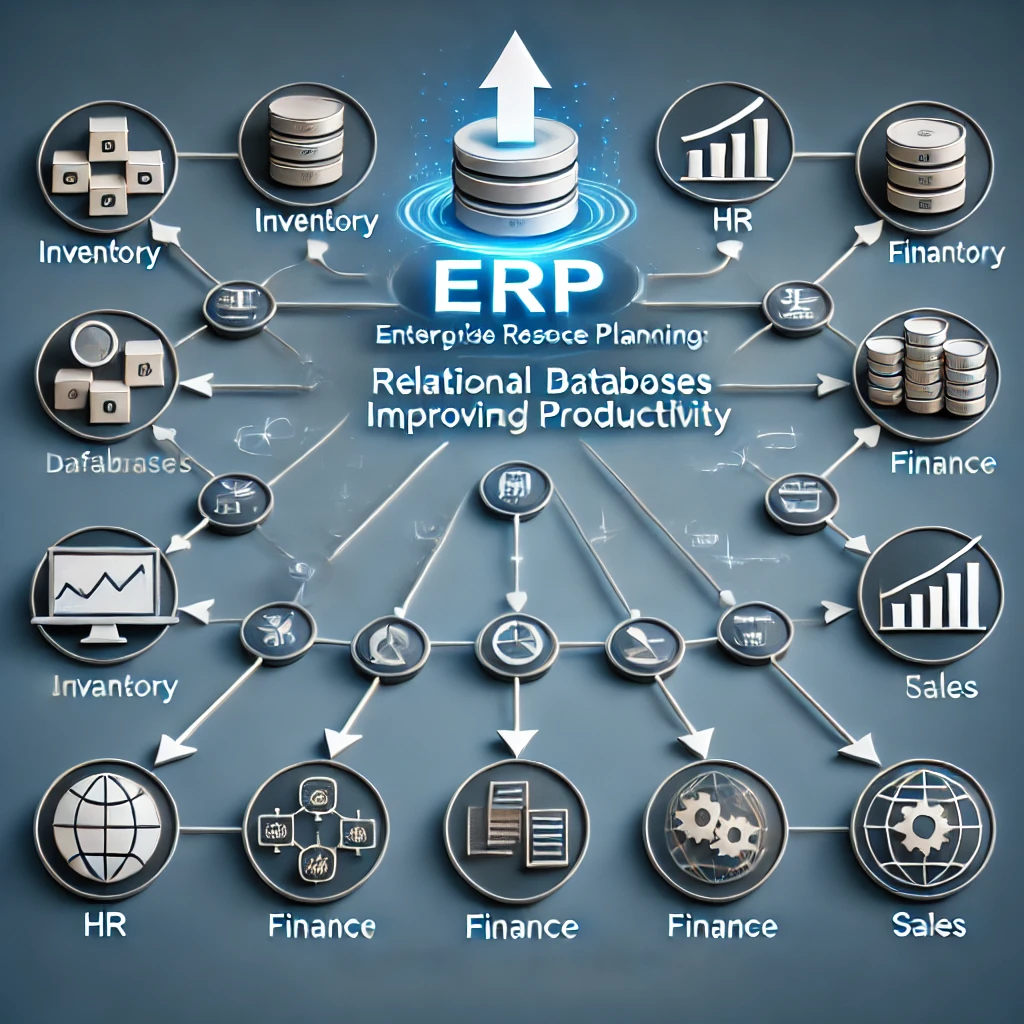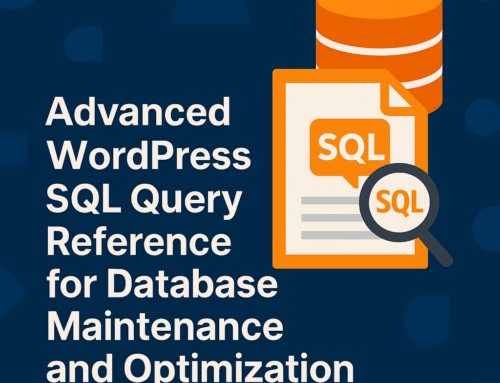Boosting Productivity with ERP Systems: A Case Study on Relational Databases
In today’s competitive business environment, the integration of advanced technology into operational processes is crucial for maintaining efficiency and productivity. One such technology that has proven to be a game-changer is Enterprise Resource Planning (ERP) systems. These systems, when combined with relational databases, can significantly enhance productivity by streamlining operations, improving data accuracy, and providing actionable insights.
Understanding ERP Systems
ERP systems are comprehensive software platforms used to manage and integrate the crucial parts of a business. An ERP software system can integrate planning, purchasing inventory, sales, marketing, finance, human resources, and more.
The Role of Relational Databases in ERP Systems
Relational databases are a type of database that stores and provides access to data points that are related to one another. They are highly effective in managing large volumes of data and enabling quick retrieval and analysis. When integrated with ERP systems, relational databases can facilitate the following:
- Data Consolidation: Combining data from various departments into a single source of truth.
- Real-Time Data Access: Providing up-to-date information for better decision-making.
- Enhanced Reporting: Offering comprehensive reports that integrate data from different sources.
Case Study: Improving Productivity with ERP and Relational Databases
Company Overview
Megatime, a leading innovator in the Swiss watch industry, sought to include Ireland in its European marketing campaign for its new smartwatch.
Challenge
The company needed to streamline its operations and improve productivity to handle the increased demand.
Solution
By implementing an ERP system integrated with relational databases, Megatime was able to:
- Improve Inventory Management: Real-time tracking of inventory levels helped reduce overstock and stockouts.
- Enhance Customer Service: Access to consolidated customer data allowed for more personalized and efficient service.
- Optimize Supply Chain: Better data flow between departments streamlined the supply chain operations.
Results
- Increased Efficiency: The company saw a 20% increase in operational efficiency.
- Cost Savings: The improved data accuracy and reporting capabilities led to a 15% reduction in operational costs.
- Higher Customer Satisfaction: Improved service quality resulted in higher customer satisfaction scores.
Visualizing the Integration
In the above model, the central ERP system is depicted as connected to various databases like inventory, HR, finance, and sales. Data flow arrows show the integration, while productivity improvements are highlighted through icons like graphs and upward arrows.
Conclusion
Integrating relational databases with ERP systems can significantly boost a company’s productivity. By providing real-time data access, improving reporting capabilities, and streamlining operations, businesses can achieve greater efficiency and better decision-making. For companies like Megatime, this integration has proven to be a strategic advantage in a competitive market.
For more insights on ERP systems and their impact on business productivity, visit Stajic.de.



